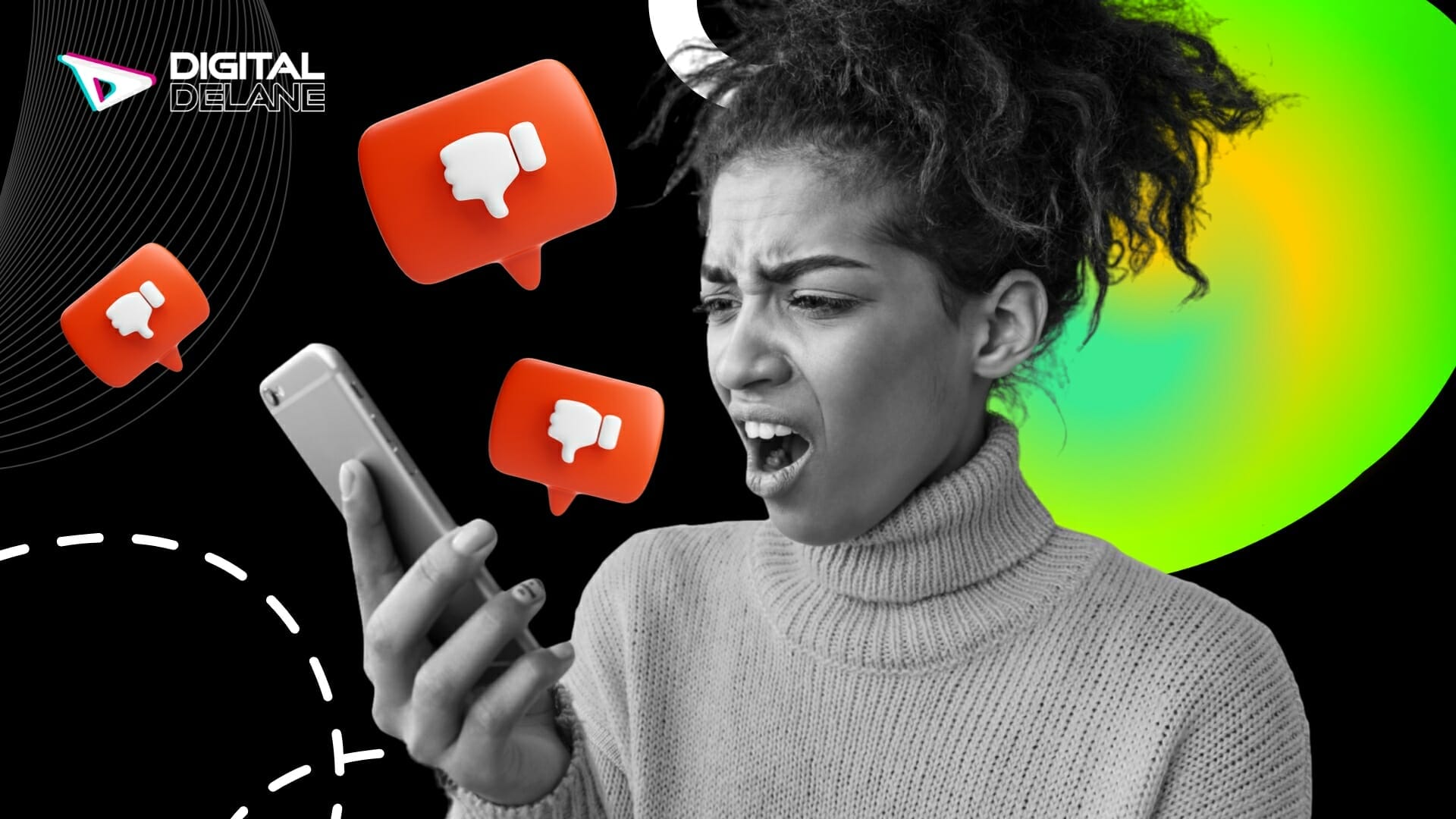Top Mistakes That Small Businesses Make With Their Social Media

In the digital world we now live in, social media is a vital aspect of good digital marketing, making it a heavy part of most businesses’ marketing plans. In such a quick-paced, e-commerce world, it is not something you can decide to skip out on because you may not see the results you want. As of right now, social media is one of the best ways to reach consumers since about 82% of the U.S. population uses some sort of social media.
Social media may seem like an easy strategy to use for digital marketing, but in reality, you need to be very intentional about it. There is a lot to consider, such as which platforms to use for your brand, what kind of content to post, how often, etc. For example, your brand may be better off using Instagram than TikTok or vice versa, as different platforms have different demographics using them.
Social media can be a complicated marketing strategy at first, but once you understand your options and get the logistics down, it will become a lot easier to manage your accounts and keep your audience engaged for a longer amount of time, as well as grab the attention of a lot of potential customers.
This blog will go through some of the most common mistakes that small businesses make on social media over and over again.









